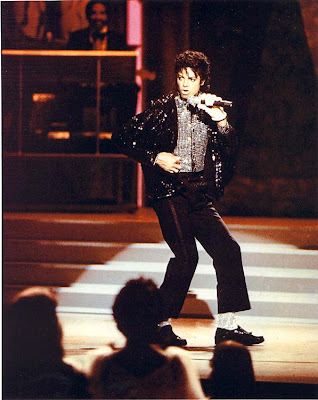
Terence Blanchard returns to the place where it all began—as one of five working jazz musicians jamming in front of a crowd. Photo by G. Paul Burnett/The New York Times.
As four musicians walked onto the stage, with a tinge of trepidation, the fifth one slowly followed them—Terence Blanchard. The crowd began to applaud as each one gradually wandered over to their chosen instruments. To see Blanchard pick up his “ax,” the trumpet, in person is definitely a rare treat.
For over 20 years, Blanchard has worked as a musician and composer for filmmakers like Kasi Lemmons (Eve’s Bayou, Talk to Me) and Spike Lee (Clockers, Inside Man). The project most personal to Blanchard was his original score for Spike Lee’s 2006 HBO documentary, When the Levees Broke: A Requiem in Four Acts. A native of New Orleans, Blanchard also appeared in the documentary alongside his mother. Like so many others in The Big Easy, they returned to find their home destroyed by the floods of Hurricane Katrina, their possessions ravaged and gone, and their once fond memories of home completely shattered. This certainly was the fuel for some of his finest work to date, including his 2007 album, A Tale of God's Will (A Requiem for Katrina), a beautifully realized work that covers the spectrum of emotions—rage, sadness, empathy and hope.
Many of the musicians appearing with Blanchard tonight have worked with him on recent projects, notably Houston-born drummer Kendrick Scott. With musicians like Scott and Cuban-born pianist Fabian Almazan, Blanchard surrounds himself with his own crop of “Young Lions,” a term that was once used to describe Blanchard himself while he played with Art Blakey and The Jazz Messengers in the 1980s. In between sets, Blanchard teased a few of his fellow musicians about their youth (especially Almazan being the youngest at 25) but added that these musicians were great players in their own right. And he was correct.
The first piece opened up with such a booming, confident trumpet. The other instruments soon followed, but Almazan’s piano was a little shy, lurking in the background. Blanchard soon allowed his tenor sax man, Walter Smith III, to completely take over the piece and that he did. For a few moments, it felt more like a recording session with the original The John Coltrane Quartet. During that “session,” the musicians were still working out the kinks or perhaps still warming up, which might explain why Blanchard allowed Smith’s tenor sax to dominate the piece. As it winds down, you hear a familiar voice saying things like “all imitation is suicide” and “find your voice.” You think, “That person sounds a lot like Cornel West.” If you watch Real Time with Bill Maher, then you know you’re right and then wonder if he’s going to walk out on the stage. Of course, he never does.
Blanchard explained that he taped a long conversation/interview with the venerated Princeton University professor about life choices and particularly how we need to take “new paths of expression,” especially in music. This theme of individuality tied in well with not only Blanchard’s eagerness to still perform, but also in his choice of emerging musicians to accompany him.
The musicians finally began to relax more by the second piece entitled “Him or Me,” a composition by Walter Smith III. Almazan definitely stepped up with his melodic take on the piece. Blanchard’s signature resonance and hard-bop lingering echoed all over the room with not only long notes, but such wonderful circular flourishes that really showed us that at heart, he too will forever be a “Young Lion.”
The third piece, “Touched by an Angel,” a composition by Kendrick Scott, was perhaps the standout of the evening. It is traditional hard-bop in that it’s much more contemplative; a great unison between the musicians and Almazan’s talent is really evident in his melodic trills alongside Scott’s military-style drums and Blanchard’s beautiful, lingering notes. Blanchard’s phrasing on this piece really summoned the spirit of the late trumpeter Freddie Hubbard.
The final piece closed out the show very nicely as the crowd was now fully engaged. The sound was a wonderful hybrid of hip-hop, James Brown, Bo Diddley, Sonny Rollins—this mash-up of different styles is none other than the sound of New Orleans. It was fun to actually see different people in the audience dancing in their chairs while the music played. There was a really fun ode to the “call and response” tradition between Blanchard’s trumpet and Smith’s tenor sax and no one wanted it to end.
Blanchard is really the spirit of New Orleans. He embraces the past (Louis Armstrong, gospel, the blues) and present influences and despite setbacks, he continues to look ahead.
Shannon J. Effinger





